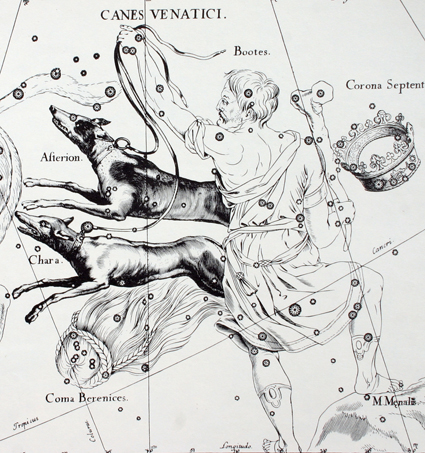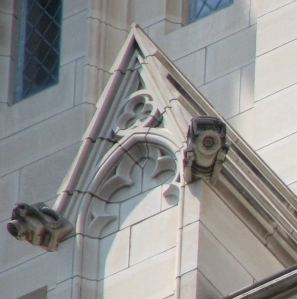I’ve already discussed this detail from a Charles V tapestry, produced circa 1550:

It depicts an instantly recognizable tornado cloud descending next to the Montserrat mountain in Spain. Charles V went on a pilgrimage to the Montserrat monastery before embarking on the Conquest of Tunis in 1535. Since the whole campaign has been meticulously documented and no mention of the tornado is known, it’s been argued that “the tornado … indicates God’s blessing of the expedition”.[1] Although initially not convinced, I’ve since found several parallels that seem to substantiate the hypothesis.
Recently, Miquel Gayà published several relevant examples from early chronicles and history books.[2] For example, one of the Punic battles, close to the River Ebro circa 205 B. C., was accompanied by a snake that “demolished everything in its path with a swirling mass of water that kept on coming”. Describing the battle in 1601, historian Juan de Mariana used the waterspout as a premonition of the outcome. Similarily, a 1430 chronicle describes a violent whirl that foretold the defeat of the Christian forces in a 711 battle during the Arab invasion of Spain.
Another striking example, currently the earliest image of a tornado-like phenomenon I know of, is Paolo Uccello’s “Saint George and the Dragon” (circa 1470):

As fist discussed by Martin Davies (in a paper published in 1959, the same year the picture was bought by the National Gallery in London3), the eye of the storm aligns perfectly with the saint’s lance. Thus, it is commonly agreed that the vortex represents the celestial aid, answer to St George’s prayers. As such, it is comparable to other iconic symbols of God’s intervention common in this context: Finger of God, rays of light, rainbow, ring of clouds, etc.
On a sidenote, in all the books and papers I could find, the whirlwind is only discussed in terms of its symbolic meaning, and not as a depiction of a natural phenomena. Well, I can fill this gap.
While the unusual spiral form of the cloud is probably unique in Renaissance painting, some early modern parallels can be named. Firstly, there’s a woodcut of a similarly shaped descending eddy in Ralph Bohun’s 1671 treatise on wind4:

Then, for something completely different, a Japanese silkscreen The Chinese Immortal Ch`en Nan Causing a Rainstorm painted circa 1770 by Soga Shohaku, depicts a dramatic thunderstorm scene with several helpless people being blown away:

Last but not least, there’s a series of sketches by no other than Leonardo da Vinci himself. Executed circa 1517-1518, toward the end of his life, the 11 drawings are collectively known as Deluge or Visions of the End of the World.[5] Here is the most expressive and best known of them:

Although overly theatrical — with buildinds, mountains and even the sky itself crushing into the sea — the images are actually very realistic in one respect. Intense spiral bursts of wind descending from a storm cloud and spreading as a vortex ring over the ground are a classic sign of downbursts.[6] These are fairly common and pose a significant danger to aircraft, but can rarely be observed directly, and were only first described by Ted Fujita in 1976, in the aftermath of the crash of Eastern Air Lines Flight 66 in JFK Airport in New York on 24 June 1975.
Returning to “St George”, I’m not saying the picture naturalistically depicts an actual downburst. But it could be inspired by a downburst Uccello or one of his contemporaries saw and recognized, in which case they foreshadowed the insights of Leonardo and Fujita by 50 and 500 years accordingly.
References:
- Klaus P. Hoinka, Manuel de Castro “A Renaissance Depiction of a Tornado” (2005) Bull. Amer. Meteor. Soc., 86, 543–552. google scholar
- Miquel Gayà, “Tornadoes and severe storms in Spain” (2011) Atmospheric Research, Volume 100, Issue 4, June 2011, Pages 334-343. Elsevier
- Martin Davies, “Uccello’s ‘St George’ in London”, The Burlington Magazine, Vol. 101, No. 678/679, Sep.-Oct., 1959. jstor
- Ralph Bohun, “A Discourse Concerning the Origine and Properties of Wind”, Oxford, 1671. National Oceanic and Atmospheric Adminiatration
- Zoomable versions of Leonardo’s Deluge drawings are available at the Royal Collection
- Stanley David Gedzelman, “Leonardo da Vinci and the Downburst”, Bulletin of the American Meteorological Society, vol. 71, Issue 5, pp. 649–791. AMS





























































































